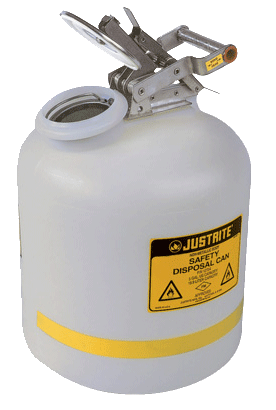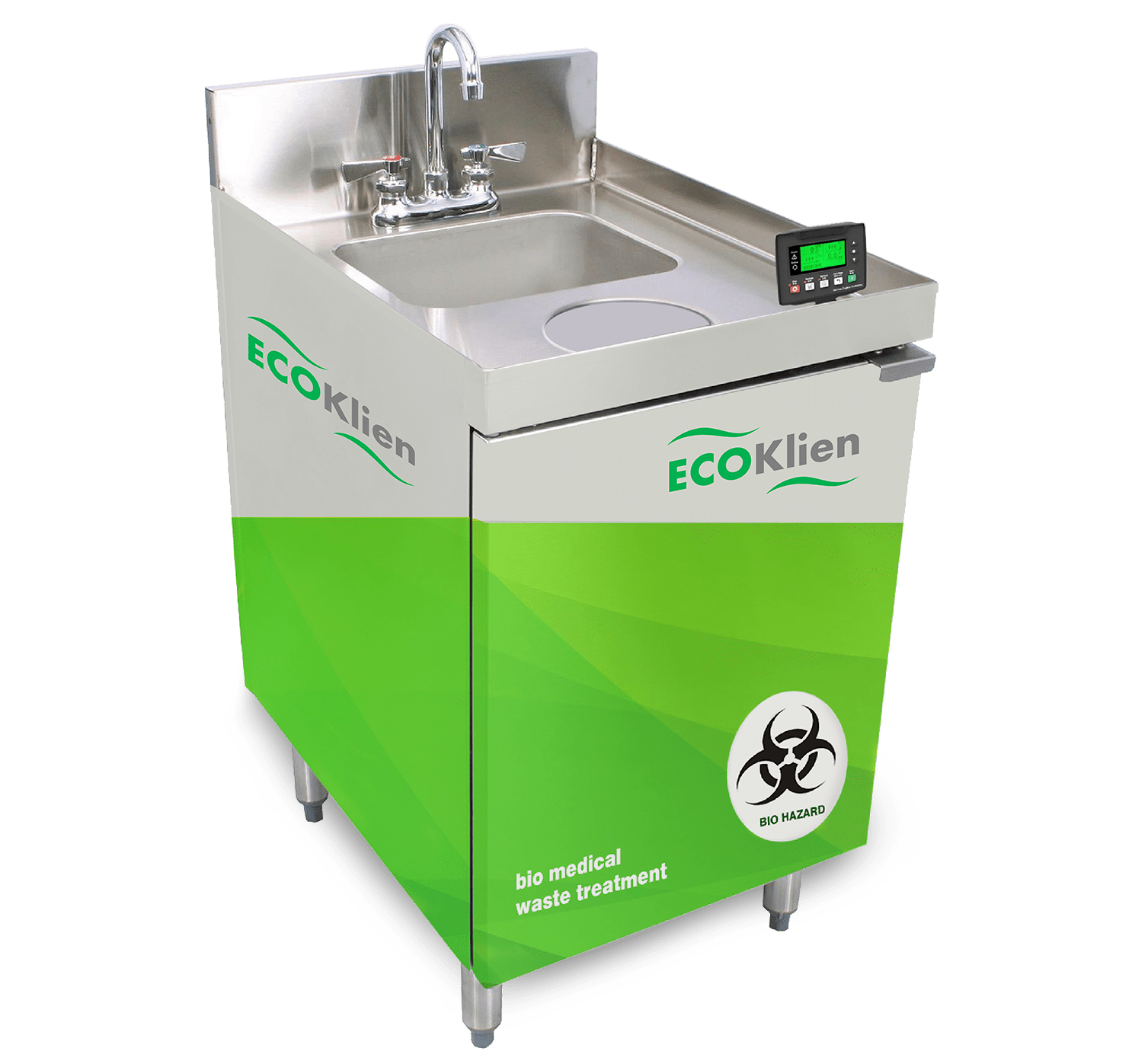Industrial Wastewater Treatment: Advanced Approaches for Effective Administration
Industrial Wastewater Treatment: Advanced Approaches for Effective Administration
Blog Article
Exactly How Fluid Garbage Disposal Works: A Detailed Summary of Methods and Technologies Used

Summary of Liquid Waste Kind
The intricacy of fluid waste types requires a thorough understanding of their qualities and ramifications for disposal. Fluid waste can extensively be categorized into a number of types, consisting of industrial, local, agricultural, and unsafe waste. Each group exhibits distinctive residential properties, requiring specific monitoring techniques to mitigate ecological and wellness threats.
Industrial liquid waste originates from producing procedures and commonly contains a series of pollutants, such as hefty metals, solvents, and organic compounds. Community liquid waste, mostly making up wastewater from households and commercial establishments, contains natural issue, nutrients, and pathogens (industrial wastewater treatment). Agricultural liquid waste, including runoff from farms, may contain fertilizers, chemicals, and animal waste, posing risks to water quality and ecosystems
Hazardous fluid waste is characterized by its toxicity, reactivity, or possible to trigger damage. This group consists of substances like acids, bases, and particular chemicals that require stringent handling and disposal methods. Recognizing these varied liquid waste kinds is critical for developing effective disposal methods and guaranteeing conformity with ecological regulations. Appropriate category and characterization are important for executing suitable therapy techniques and lessening the adverse effect on public wellness and the atmosphere.
Physical Treatment Techniques

Screening is the preliminary step, where bigger bits and debris are gotten rid of from the fluid waste using screens or grates. In sedimentation tanks, much heavier particles resolve at the base, creating a sludge layer, while the clarified fluid can be more treated.
Purification is one more vital approach that involves passing the liquid with permeable products, such as sand or membranes, to record smaller sized particles. This step enhances the quality of the liquid, making it suitable for subsequent treatment procedures.

Chemical Therapy Techniques
Chemical therapy techniques are crucial for properly taking care of liquid waste, especially in resolving dissolved and colloidal impurities that physical approaches might not effectively get rid of. These methods use numerous chemical representatives to reduce the effects of, precipitate, or change dangerous materials into much less damaging types.
One common method is coagulation and flocculation, where chemicals such as alum or ferric chloride are contributed to promote the gathering of suspended fragments. This procedure boosts sedimentation, enabling much easier elimination of the resulting sludge. In addition, oxidation procedures, employing agents like chlorine or ozone, are used to break down complicated natural substances and pathogens, providing the waste safer for discharge or more therapy.
Neutralization is an additional critical technique, which adjusts the pH of acidic or alkaline waste streams to neutral levels, avoiding possible harm to downstream systems moved here and the setting. In addition, advanced oxidation processes (AOPs) utilize mixes of oxidants and ultraviolet light to weaken consistent pollutants, attaining a greater degree of therapy performance.
Biological Treatment Processes
Biological therapy procedures play a vital function in the management here of fluid waste by making use of microbes to break down organic matter and lower contaminant degrees. These processes can be extensively categorized into anaerobic and cardiovascular treatments, each employing particular microbial communities to attain reliable waste destruction.
Cardio therapy entails making use of oxygen to assist in the failure of organic materials by germs. This procedure is typically executed in triggered sludge systems, where oygenation tanks give a conducive setting for microbial development, resulting in the oxidation of organic pollutants. The resultant biomass can be separated from dealt with effluent through sedimentation.
In comparison, anaerobic treatment occurs in the absence of oxygen, depending on various germs to damage down raw material. This technique is specifically advantageous for high-strength waste, as it produces biogas, a renewable resource resource, while decreasing sludge production. Technologies such as anaerobic digesters are often employed in metropolitan and industrial applications.
Both anaerobic and cardio biological treatments not only lessen the ecological effect of fluid waste yet also help with resource recovery, making them vital parts of lasting waste management methods. Their efficiency, flexibility, and efficiency support their extensive implementation throughout different fields.
Emerging Technologies in Disposal
Cutting-edge techniques to liquid garbage disposal are swiftly evolving, driven by advancements in technology and an enhancing focus on sustainability. Among these emerging modern technologies, membrane More Help bioreactors (MBRs) have obtained grip for their capacity to integrate biological therapy with membrane layer filtering, causing top notch effluent that can be recycled in numerous applications. MBRs allow smaller footprints and much more reliable operations contrasted to standard systems.
One more encouraging advancement is the usage of anaerobic food digestion incorporated with nutrient healing technologies, which not just deals with fluid waste but additionally creates biogas and recuperates important nutrients like nitrogen and phosphorus. This double advantage enhances source performance and minimizes ecological impact.
Additionally, advanced oxidation processes (AOPs) are being embraced for the deterioration of intricate organic pollutants. These methods use powerful oxidants and catalysts to break down pollutants at the molecular level, offering a highly efficient remedy for challenging waste streams.
Additionally, the integration of expert system and equipment learning in waste administration systems is optimizing operational effectiveness and predictive upkeep, resulting in reduced costs and boosted ecological conformity. These innovations mirror a considerable shift in the direction of even more lasting and efficient liquid garbage disposal methods.
Final Thought
In verdict, effective fluid waste disposal requires an extensive understanding of various techniques and modern technologies. By constantly progressing these methods, it comes to be feasible to address the expanding challenges connected with fluid waste, eventually adding to environmental defense and source recuperation.
Fluid waste disposal is a crucial element of ecological management, needing a detailed understanding of numerous techniques and modern technologies tailored to various waste kinds. Fluid waste can broadly be categorized right into several kinds, consisting of commercial, metropolitan, agricultural, and unsafe waste. Agricultural fluid waste, consisting of runoff from farms, may have plant foods, pesticides, and animal waste, positioning dangers to water top quality and environments.
Various physical therapy approaches play a vital function in handling liquid waste efficiently - industrial wastewater treatment.In verdict, effective fluid waste disposal demands an extensive understanding of different techniques and technologies
Report this page